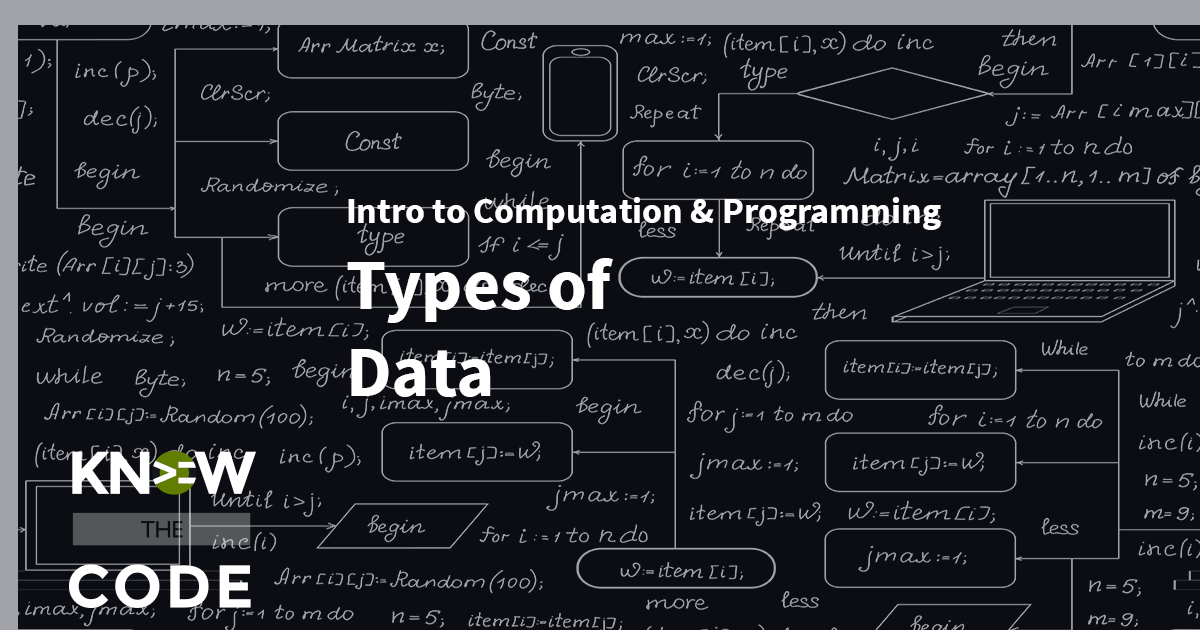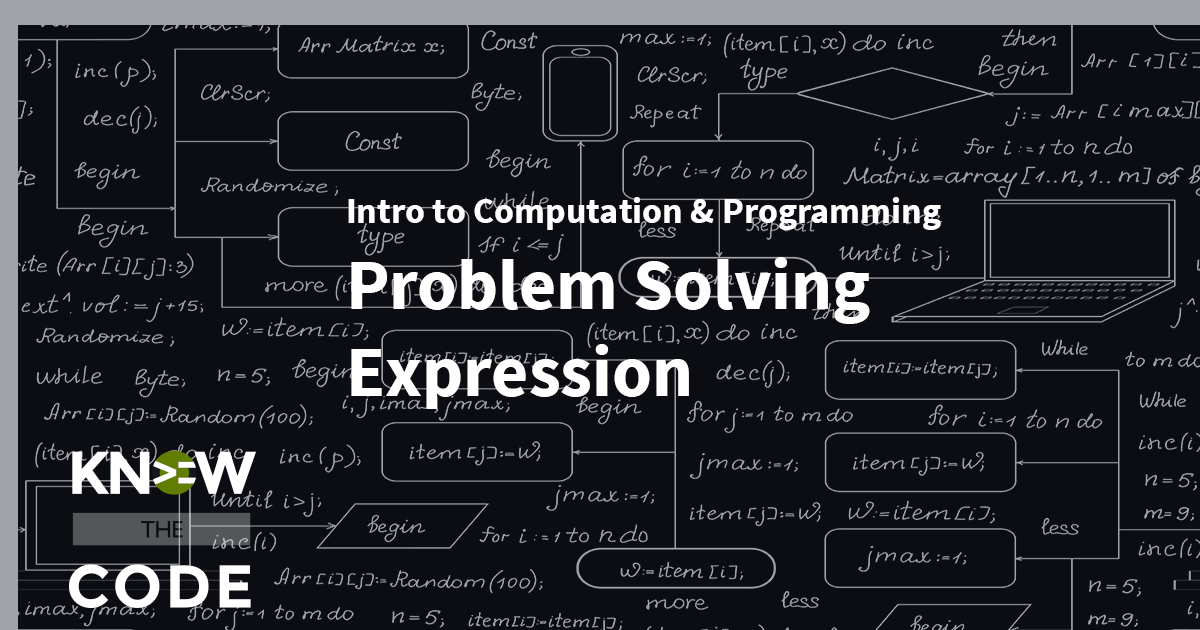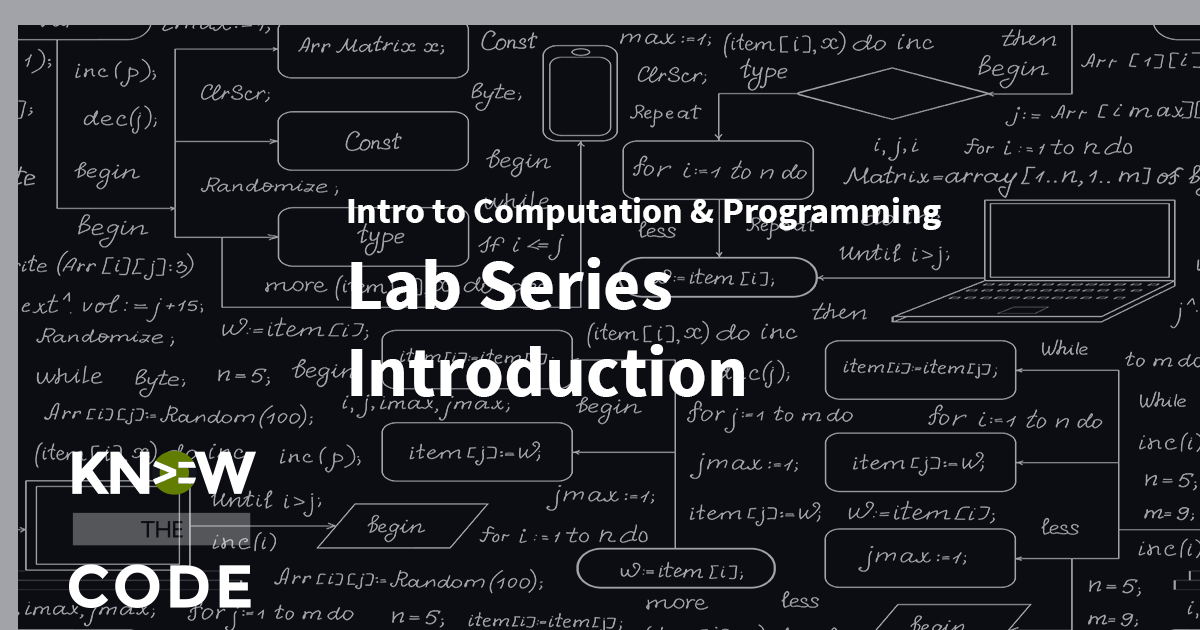Let’s introduce you to this lab. Are you ready to start learning about programming? Your key takeaways are: Giving you the recipes Building blocks of all programming languages You will be on your way to becoming a chef Recap Computer circuitry represents all numbers in patterns of 1s and 0s known as binary stores a bit (single 1 or 0) in its circuitry adds binary numbers How to visualize solutions How to formulate those visuals into a mock code format known as pseudocode
Labs
Labs are hands-on coding projects that you build along with Tonya as she explains the code, concepts, and thought processes behind it. You can use the labs to further your code knowledge or to use right in your projects. Each lab ties into the Docx to ensure you have the information you need.
Each lab is designed to further your understanding and mastery of code. You learn more about how to think about its construction, quality, maintainability, programmatic and logical thought, and problem-solving. While you may be building a specific thing, Tonya presents the why of it to make it adaptable far beyond that specific implementation, thereby giving you the means to make it your own, in any context.

Building Blocks of Programming
All languages use the same building blocks. All of them. Period. In this lab, you will learn these building blocks. You learn about syntax, branding, iteration, order of execution, decisions, abstraction, and scoping.

Types of Data
Data is a big part of what you do, no matter the programming language. In this lesson, we’ll talk about the different types of data type classifications including: primitives, composition, special, and abstract data types.

Problem Solving Expression
As a software professional, your job is to solve problems through web technologies. You are a problem solver. In this lab, you will learn about the problem expression solution steps, computational thought, computational visualization techniques, and pseudocode. This lab is about how you express and capture the problem and its solution.

Introduction to Computation and Programming – Overview
Introducing you to the Introduction to Computation and Programming course. Code is code. The basic building blocks of code are the same across all languages. Let me show you “Hello World” in many different languages.
Basics of the Adder Circuit
How does the computer do addition? It uses the Adder circuits which are the Half Adder and Full Adder. Your key takeaways from this episode are: Half Adder adds 2 bits holds a carry bit but, it can’t add the carry bit from the previous column Full Adder adds 2 bits plus the carry bit for a total of 3 bits capable of adding the previous column Study Notes We’ve come a long way in this lesson. Here’s a brief recap: We’ve taken a look at the different types of gate circuits. We then combined those circuits together to form […]
Basics of Memory Circuit – S-R Latch
Let’s talk about how memory works. If you’re geeky, then this episode is for you. You’ll look at the S-R Latch as it handles the basics of the memory circuit. Your key takeaways in this episode are: The S-R Latch is a flip-flop circuit Uses 2 NOR gates The S-R Latch is one bit of memory Set is “true” -> stores 1 Reset is “true” -> stores 0 Study Notes We’ve been talking bits, bytes, 1s, 0s…but how does a computer actually retain memory? It retains memory one bit at a time, using an S-R Latch. Imagine we have the […]
Understanding Gates – NOR Gate
The NOR Gate inverts the output of the OR Gate. Let’s see how it’s done in this episode. Your key takeaways are: NOR has an inverter after the OR Gate Opposite output state as the OR Gate If both input states are false, then the NOR output computes to true Else it’s false Study Notes What makes the output of an OR Gate true? Since it runs in parallel, if one or the other state is true, then the output is true. So, for a NOR Gate, if both states are false, then do something. Let’s compare the two: OR […]
Understanding Gates – NAND Gate
The NAND Gate is a combination of the NOT and AND gates. First, it processes the AND portion. Then it inverts it. Your key takeaways from this episode are: NAND has an inverter after the AND Gate Opposite output state as the AND Gate If both input states are true, then the NAND output computes to false Else it’s true Study Notes An NAND Gate is a combination of the following gates: one AND Gate one NOT Gate The NAND Gate is simply an AND Gate with an inverter on the output. Therefore, whatever the output from the AND Gate […]
Understanding Gates – XOR Gate
The XOR in software can be confusing. Let’s look at it in circuitry to understand how it works. Your key takeaways from this episode are: Study Notes An XOR Gate is a combination of the following gates: two NOT Gates two AND Gates one OR Gate Each input is wired to one leg of each AND with one of those legs going through a NOT Gate first before the AND. The NOT leg provides an inverse state of the input’s state. Each AND Gate output wires to one of the inputs into the OR Gate. Therefore, either AND Gate can […]
